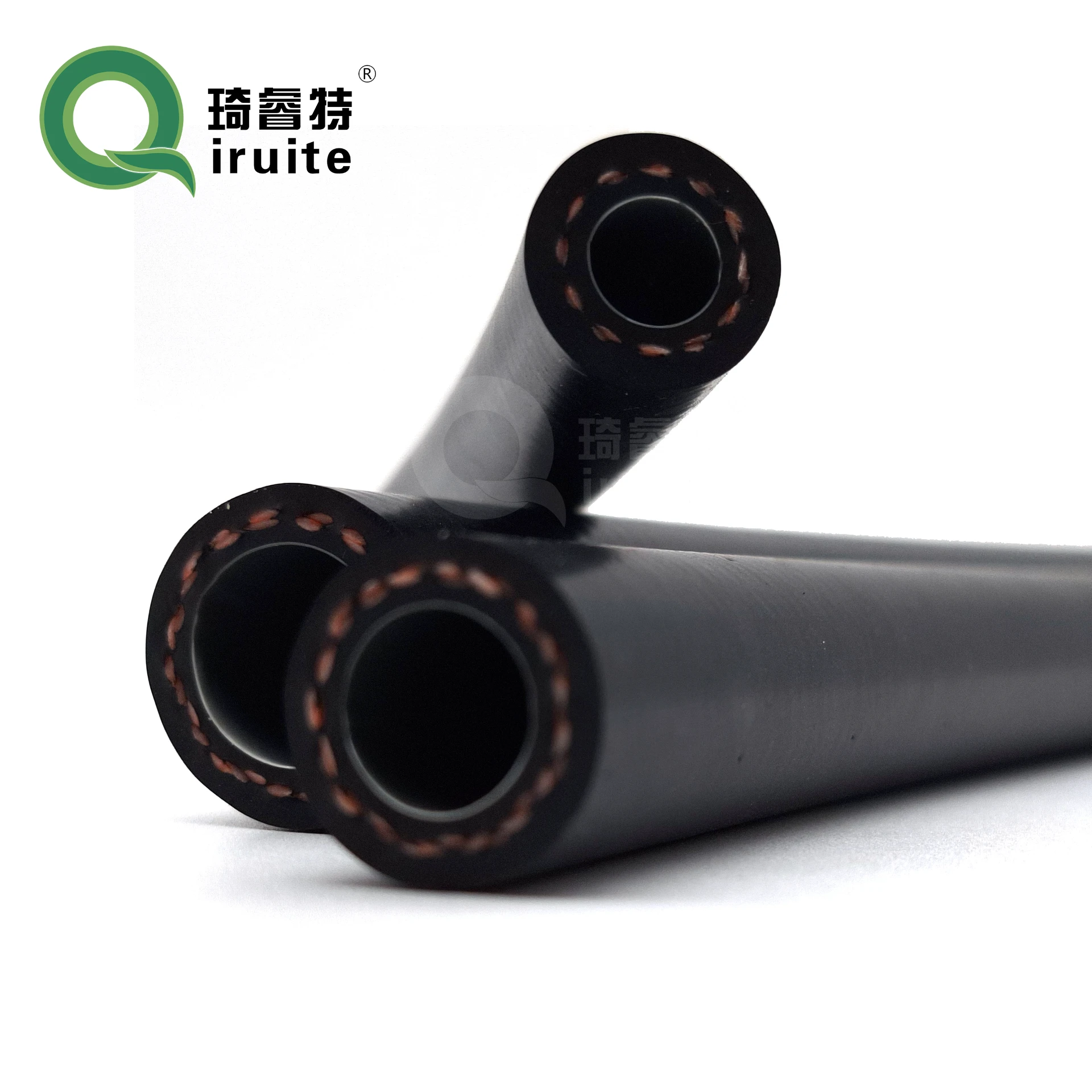How to Fix a Leaking High Pressure Power Steering Hose Effectively
Can You Repair a High-Pressure Power Steering Hose?
When it comes to vehicle maintenance, the power steering system is often overlooked despite its critical role in ensuring smooth and easy steering. One key component of this system is the high-pressure power steering hose, which transports hydraulic fluid from the power steering pump to the steering gear. If this hose develops a leak or damage, it can significantly affect the performance of your steering, making it hard to maneuver your vehicle. The question arises – can you repair a high-pressure power steering hose? Let's dive into the details.
Understanding High-Pressure Power Steering Hoses
Before discussing repairs, it’s essential to understand the role and structure of high-pressure power steering hoses. These hoses are typically made from reinforced rubber or synthetic materials and are designed to withstand the high pressures within the power steering system, often exceeding 1,500 psi. Their durability is critical because any failure can lead to fluid loss, resulting in steering issues.
Identifying Damage
The first step in determining whether a high-pressure power steering hose can be repaired is to thoroughly inspect the hose for signs of wear or damage. Common issues include cracks, abrasions, or bulges that indicate weakened structures. A damaged hose can leak hydraulic fluid, leading to decreased steering assist and potential damage to the power steering pump. If you notice fluid pooling under the vehicle or a significant decrease in steering performance, it’s crucial to investigate further.
Repair Options
can you repair a high pressure power steering hose

When it comes to repairing a high-pressure power steering hose, there are a few options to consider
1. Temporary Repairs If you're in a bind and need a quick fix, some temporary solutions can be applied. Using a hose clamp or electrical tape can sometimes stem minor leaks temporarily, but this should only be seen as a short-term solution. The high pressure of the system means that such repairs can fail under strain, so it’s essential to plan for a permanent fix.
2. Cut and Splice For minor damage, some people opt to cut out the damaged section of the hose and splice in a new piece of hose. This method requires the right materials and tools, including clamps to secure the new section. It’s vital to use hoses rated for high pressure to ensure safety and reliability.
3. Professional Replacement In most cases, the best course of action is to replace the entire high-pressure power steering hose. Given the critical nature of the component and the risks associated with a faulty hose, a full replacement is often the most reliable, long-term solution. Professional mechanics can ensure that the replacement hose meets the vehicle’s specifications and is installed correctly to avoid future problems.
Final Thoughts
While repairing a high-pressure power steering hose might seem tempting, especially for those inclined towards DIY projects, it’s crucial to weigh the risks involved. The high pressures within the power steering system mean that a failure can lead to unsafe driving conditions. If you encounter any signs of damage or leakage in your power steering hose, it’s wise to consult a professional mechanic. They can assess the situation accurately and provide guidance on whether a repair is feasible or if a full replacement is necessary.
Ultimately, while temporary fixes are possible, ensuring your vehicle's steering system is safe and functional should be the priority. Investing in a proper repair or replacement will not only keep you safe on the road but also prolong the life of your vehicle’s power steering system.
-
Reliable Brake Line Solutions for Your VehicleNewsJun.05,2025
-
Quick Fix for Leaky Air Conditioning HosesNewsJun.05,2025
-
Powerful Sewer Jetting Solutions for Tough ClogsNewsJun.05,2025
-
Power Steering Hose Problems SolvedNewsJun.05,2025
-
Hose Protectors That Actually WorkNewsJun.05,2025
-
Essential Hose Connectors for Every HomeNewsJun.05,2025

